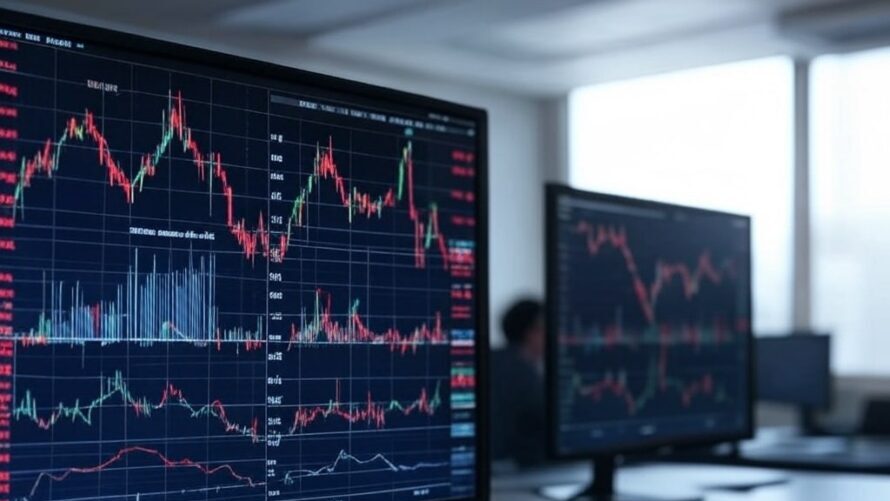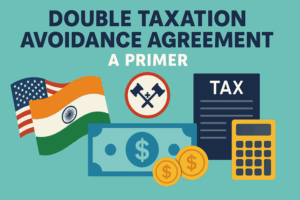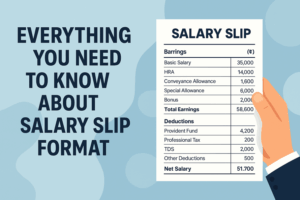
Key Highlights
- Margin shortfall occurs when the funds in your trading account are less than the required margin to hold your positions.
- It can lead to penalties and impact your trading strategies.
- Understanding margin requirements and potential risks is crucial.
- Maintaining sufficient funds and closely monitoring your account can mitigate the chances of margin shortfall.
- Be prepared to act promptly in case of a margin call to avoid significant losses.
Introduction
In the fast-paced world of trading, it’s very important to understand margin requirements. If your trading account does not have enough money to cover the required margin for your open positions, you could face a margin shortfall. This shortfall can disrupt your trading and lead to penalties.
What are margins in trading?
In trading, margins help protect against losses. They ensure trades go smoothly for both traders and brokers. When you take part in margin trading, you borrow money from the brokerage. This can increase your potential profits, but it can also increase your potential losses.
There are different types of margins in trading. Each has a specific job. The initial margin is the least amount you need to start a trade. The maintenance margin is the minimum balance you should keep in your trading account to keep your positions open. Span margin looks at the overall risk of your F&O portfolio. Lastly, exposure margin takes into account the possible price changes of your assets.
What is a margin call and margin shortfall?
A margin call happens when the money in your trading account falls below the required margin amount. This is a message from your broker telling you to put in more money. This extra money is needed to cover possible losses from your open trades.
A margin shortfall occurs when your account does not have enough money to meet the margin requirement, even after you receive a margin call. This can happen for several reasons. These include sudden market changes, not checking your trading account often, or just not having enough funds to handle potential losses. When a margin shortfall happens, your broker can close your positions to prevent more losses. There may also be penalties involved.
Exploring Margin Shortfall and Its Impact on Traders
Margin shortfall can seriously affect a trader’s plans and cause unexpected losses. It may force the closing of profitable trades and limit your chances to start new ones. That’s why it’s important for all traders to know what causes margin shortfalls.
By understanding these reasons, traders can take steps to reduce the risk of margin shortfalls and the problems that come with them.
What Constitutes Margin Shortfall?
Margin shortfall happens when a trader has less available margin than what is needed to keep their trading positions open. Several things can cause this issue. First, if the market price of the assets changes unexpectedly and negatively, it can reduce the available margin, leading to a shortfall.
Second, not keeping enough funds in the trading account, especially during volatile market times, can quickly cause a shortfall. This shows how important it is to check available margin often and ensure there are enough funds to handle possible market changes.
Lastly, if regulatory bodies like SEBI change the margin requirements due to higher market volatility or certain stock performance, it might also cause a shortfall. Traders should stay aware of these changes and adjust their trading strategies and margin management as needed.
Real-Life Scenarios of Margin Shortfall in Trading
To better grasp margin shortfall, let’s look at a few real-life examples:
- Picture a trader with a leveraged position in a stock that suddenly drops in price. If the trader didn’t think about the chance of this drop and doesn’t have enough funds in their account, they will face a margin shortfall.
- In another example, a trader might carry futures or options into the next trading day without having the required margin in place. This mistake can lead to penalties and a margin shortfall, especially if the market moves against them.
- Finally, a trader could also face a shortfall if they sell shares and use all the sale money for new trades on the same day, thinking they access 100% credit. If the price of the purchased stock goes down and they need more margin, and the trader didn’t plan for it, a shortfall will happen.
Conclusion
In conclusion, knowing about risk management, especially margin shortfall, is very important for traders. It helps them handle the ups and downs of trading better. When traders understand margins, margin calls, and what happens during margin shortfalls, they can reduce risks and protect their investments. Real-life examples are great learning tools that show why smart risk management is key. Traders can avoid margin shortfalls by keeping informed, using leverage wisely, and quickly reacting to margin calls. By focusing on good risk management practices, traders can improve their trading performance and keep their money safe.
Frequently Asked Questions
How Can Traders Prevent Margin Shortfall?
To avoid a margin shortfall, traders need to keep enough money in their trading account. It’s important to monitor the margin requirements for your trades and add additional funds if necessary. Choosing a free Demat account can help reduce fees and make more funds available for trading. Don’t forget to close your intraday trades before the market ends.
What Are the Immediate Steps to Take in Case of a Margin Call?
If you get a margin call, react quickly. The fastest way to fix this is by putting in enough funds to meet the margin requirement. You could also close some of your current positions to lower the margin requirement and prevent a margin penalty.
How Does Margin Shortfall Affect Portfolio Management?
A margin shortfall can hurt your portfolio management strategy. It might make you sell your holdings at bad prices, which can lower your overall returns. To handle volatility well, keep enough liquidity and don’t over-leverage your portfolio. Review your portfolio often and change your positions to fit your risk tolerance and financial goals.







